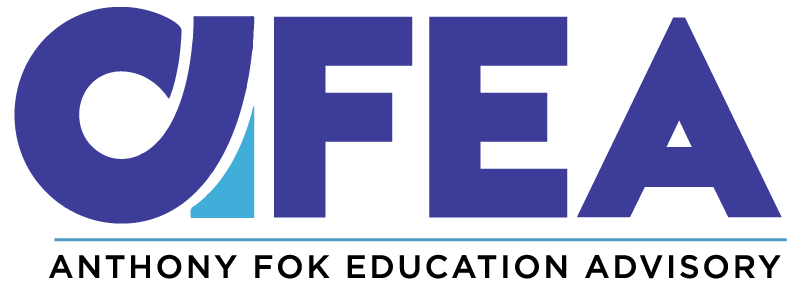Edupreneurs in the slums of Africa and Asia are addressing the problem of access to educational quality by developing low-cost private schools. The most important group working in low-cost private schools is Bridge International Academies by Jay Kimmelman.
Kimmelman and his cofounder launched Bridge in 2007 and opened a school in Nairobi in 2009. Using a mobile payment system, the monthly school tuition of $5 per month became easier to pay. The school model is based on well- supported teachers, lessons based on the curriculum of the countries served, and a technology platform enabling data-driven personalised instruction.
Bridge schools are usually corrugated tin roof buildings built for less than $2,000 per classroom. The academy manager uses a smartphone to manage the school. Teachers download lessons on a tablet up to seven days in advance of delivery and it remains live for two weeks after.
Currently, Bridge operates more than 600 schools serving more than 120,000 students in five countries. Bridge schools also significantly outperform the national average and a growing number of pupils have won scholarships to prestigious U.S. high schools.
As the Bridge infrastructure is light and inexpensive, it can be used in temporary settings including refugee camps. Bridge is also working in partnership with the government of Libya which reported learning gains of 100% after the first year of partnership.
The Bridge model is a great concept that marries low-cost infrastructure with high-productivity technology. It’s no wonder that industry bigwigs like Bill Gates and Mark Zuckerberg have jumped on the Bridge bandwagon as supporters and investors. Bridge is a classic example of how technology has positively influenced underprivileged children.
If you want to find out more, click the following link:
https://www.forbes.com/sites/tomvanderark/2018/08/06/low-cost-schools-are-transforming-africa/#3617110b6e4d
